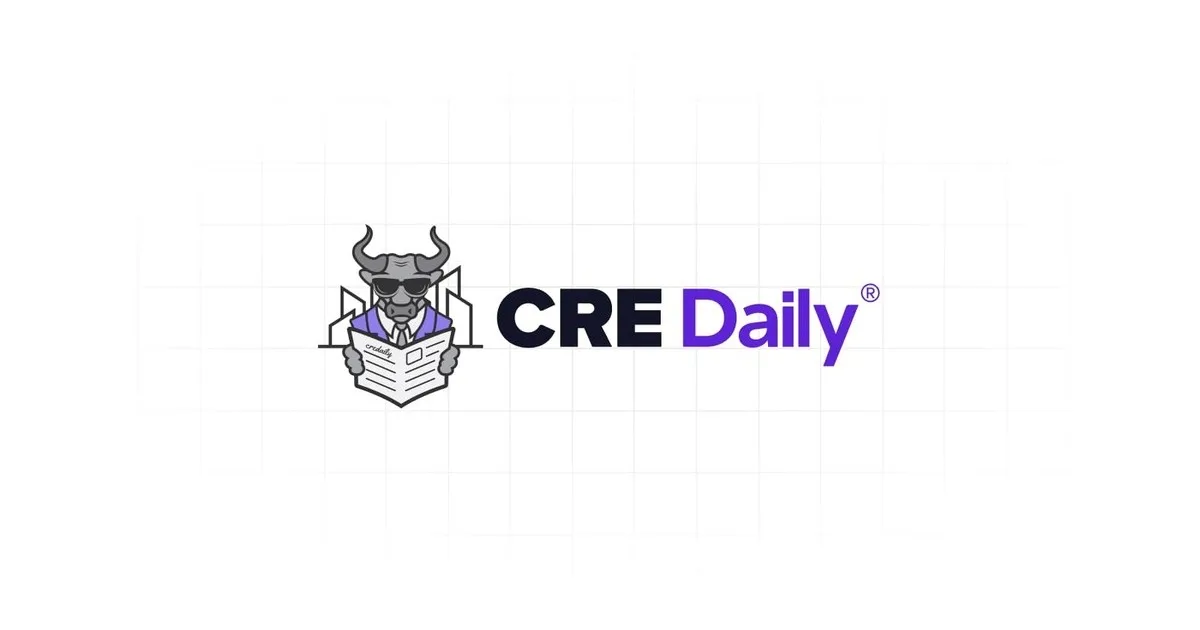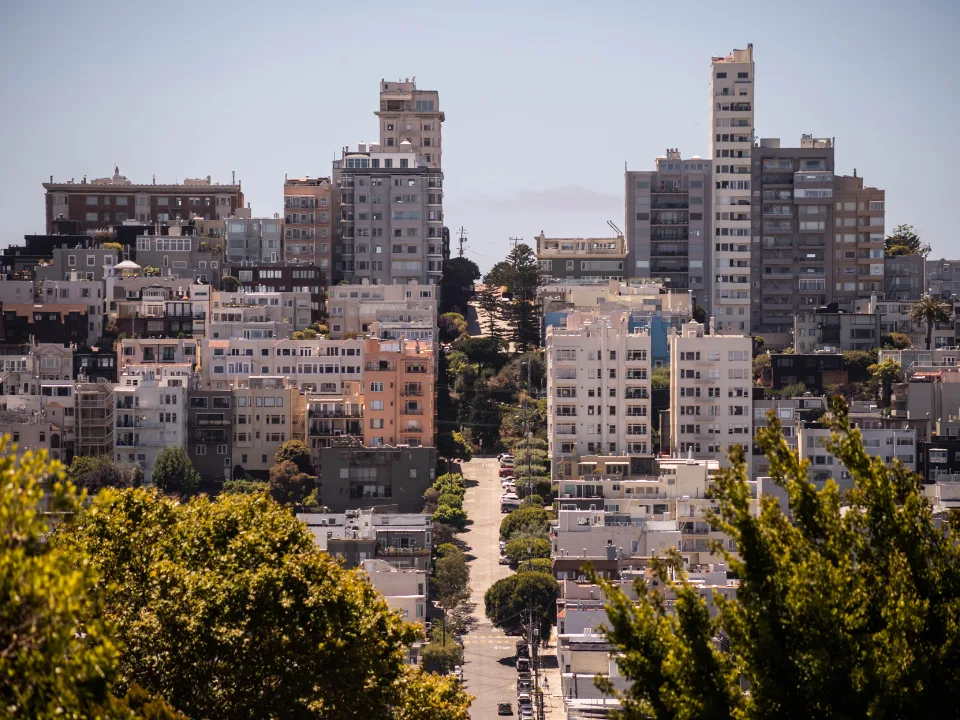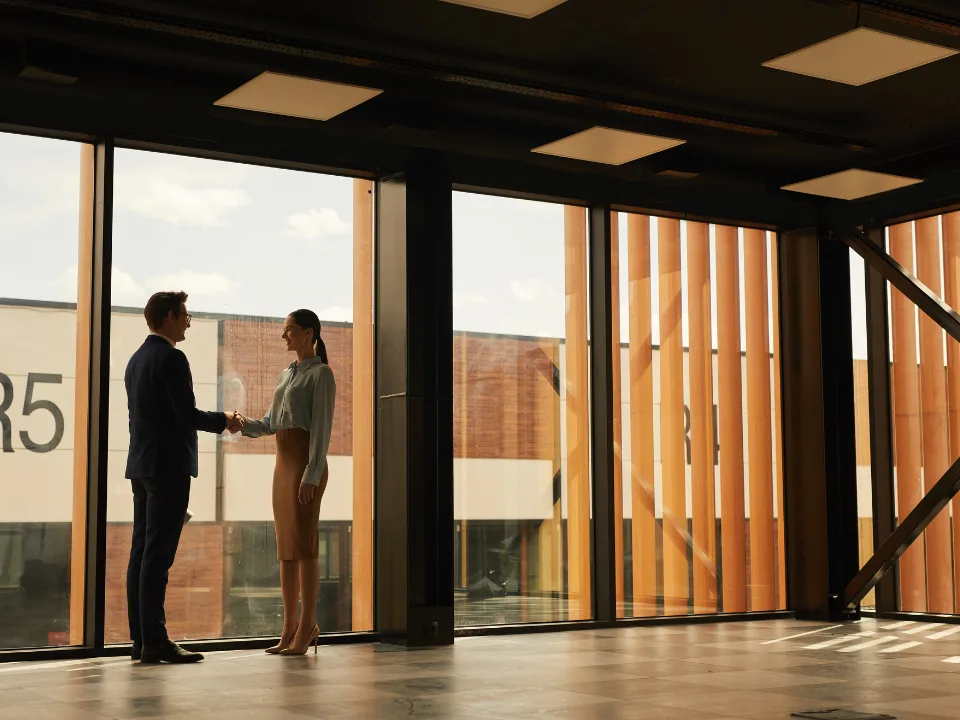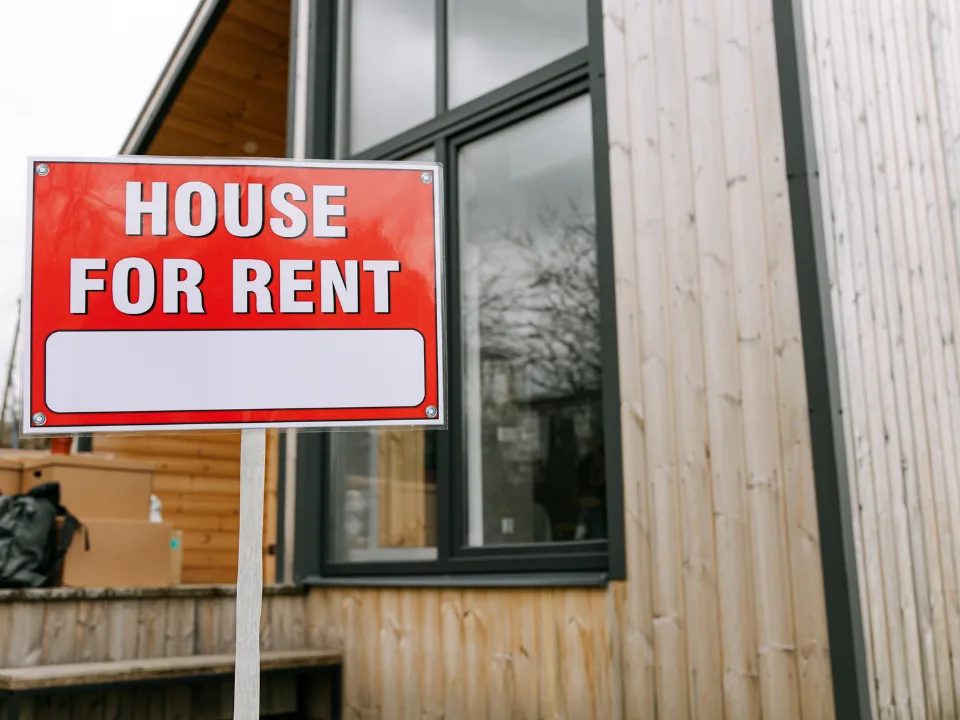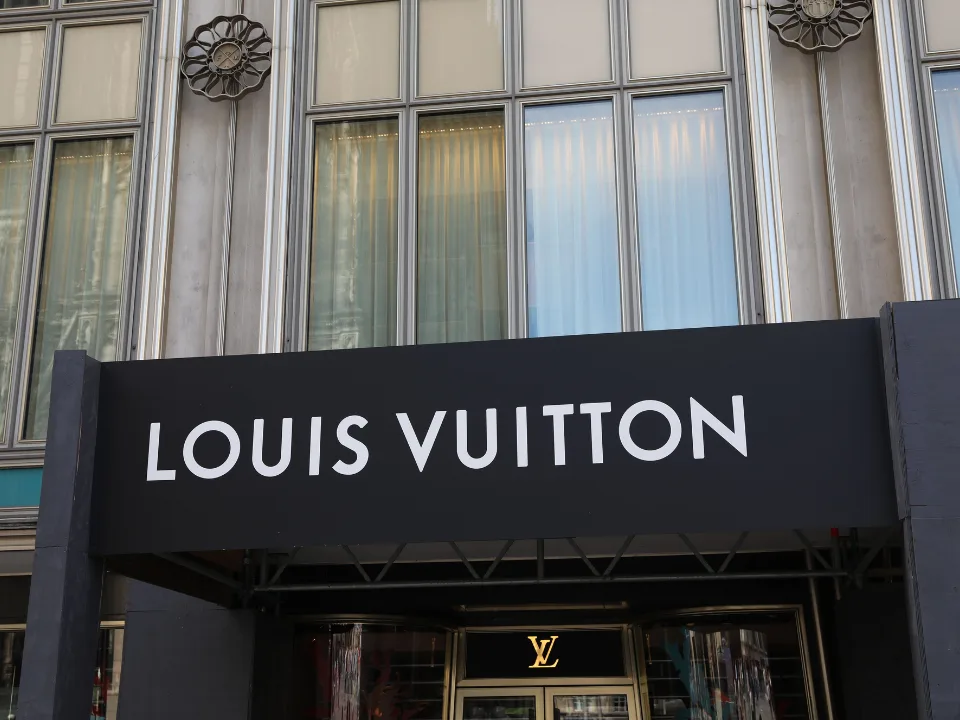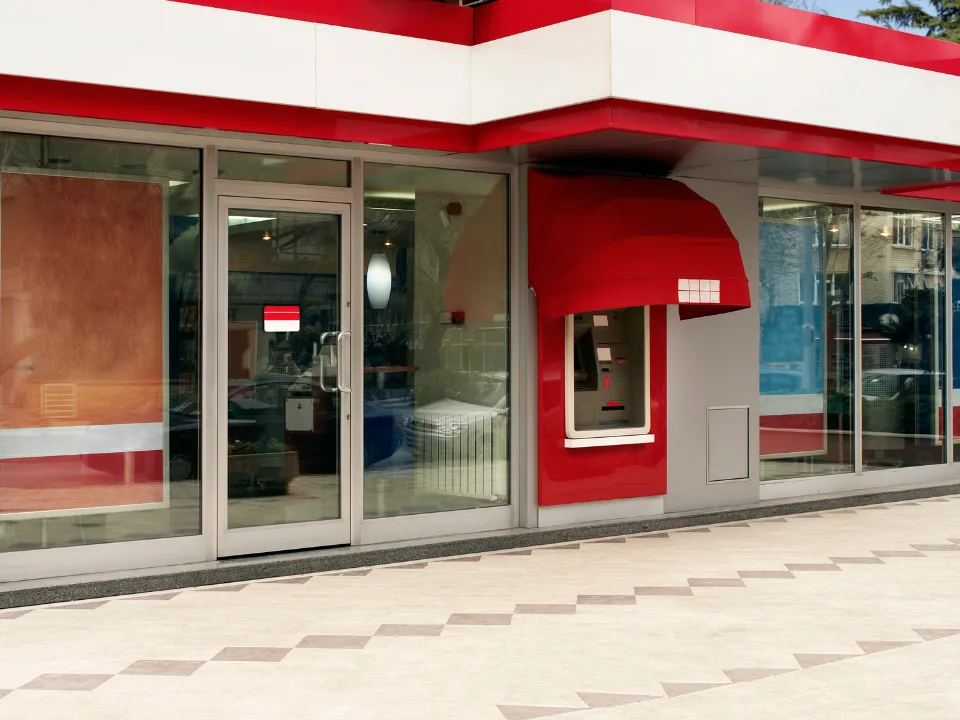- Q3 marked the strongest office leasing activity since before the pandemic, driven by increased return-to-office rates and solid economic growth.
- Suburban markets and high-end office spaces outperformed urban cores and lower-quality properties, with Class A rents seeing stabilization and premiums.
- Total office availability remains elevated at 25.9% in central business districts and 25.3% in suburban areas, with tech-heavy San Francisco and Seattle seeing the highest availability.
- Office investment sales activity remains subdued, with cap rates rising and valuations still below pre-pandemic levels.
According to Savills Research & Data Services’ Q3 2024 report, the office leasing market enjoyed its strongest quarter since 2019.
As reported in GlobeSt, renewed optimism, buoyed by better return-to-office rates and stabler conditions, has driven new demand, particularly for premium office spaces.
Suburban Renewals
The report highlighted a growing proportion of leasing activity in suburban markets post-pandemic and a rise in lease renewals.
Suburban availability increased to 25.3%, up 620 bps from pre-pandemic levels, while central business district (CBD) availability remains elevated at 25.9%, a 1,210-bps increase from 2019.
Flight to Quality
Demand for high-quality office spaces continues to divide the market.
Trophy Class A properties outperform older, less-expensive spaces, with asking rents stabilizing at $42.68 PSF, consistent with the previous quarter. Landlords are maintaining rent levels by offering concessions rather than reductions.
Class A rents in premium properties have also risen, driven by active construction pipelines and a preference for well-located, amenity-rich spaces.
Sublease Space Down
Available sublease space declined for the fourth consecutive quarter to 164.7 MSF, down from 176.4 MSF in Q3. Tech-centric markets such as San Francisco, San Jose, and Tampa remain sublease hotspots.
Office Inventory Shrinks
Efforts to reduce dated office stock through conversions and redevelopment are accelerating in cities like Baltimore, Phoenix, and suburban Chicago.
However, overall office inventory continues to grow in many markets, particularly in the Sun Belt and Texas, with Nashville seeing a 10.4% increase in inventory.
Deal Activity Slows
Office investment sales totaled $41.7B YTD, up 12% from Q2 but down 57% compared to the same period in 2022. Cap rates have risen to 7.3%, reflecting a shift in investor expectations.
Although property valuations remain below pre-pandemic levels, the pace of decline has also slowed down.
Looking Ahead
The U.S. office sector is showing signs of recovery, fueled by demand for quality spaces and stabilizing rents. However, challenges persist with elevated availability in urban cores and declining investment activity.
The continued push for office-to-residential conversions and redevelopment may help reduce oversupply and reshape the sector in the years ahead.
Get Smarter about what matters in CRE
Stay ahead of trends in commercial real estate with CRE Daily – the free newsletter delivering everything you need to start your day in just 5-minutes

